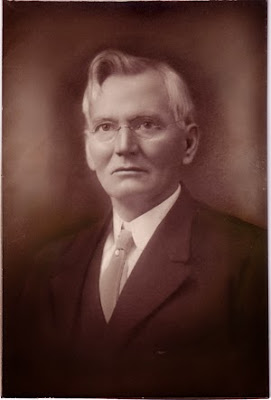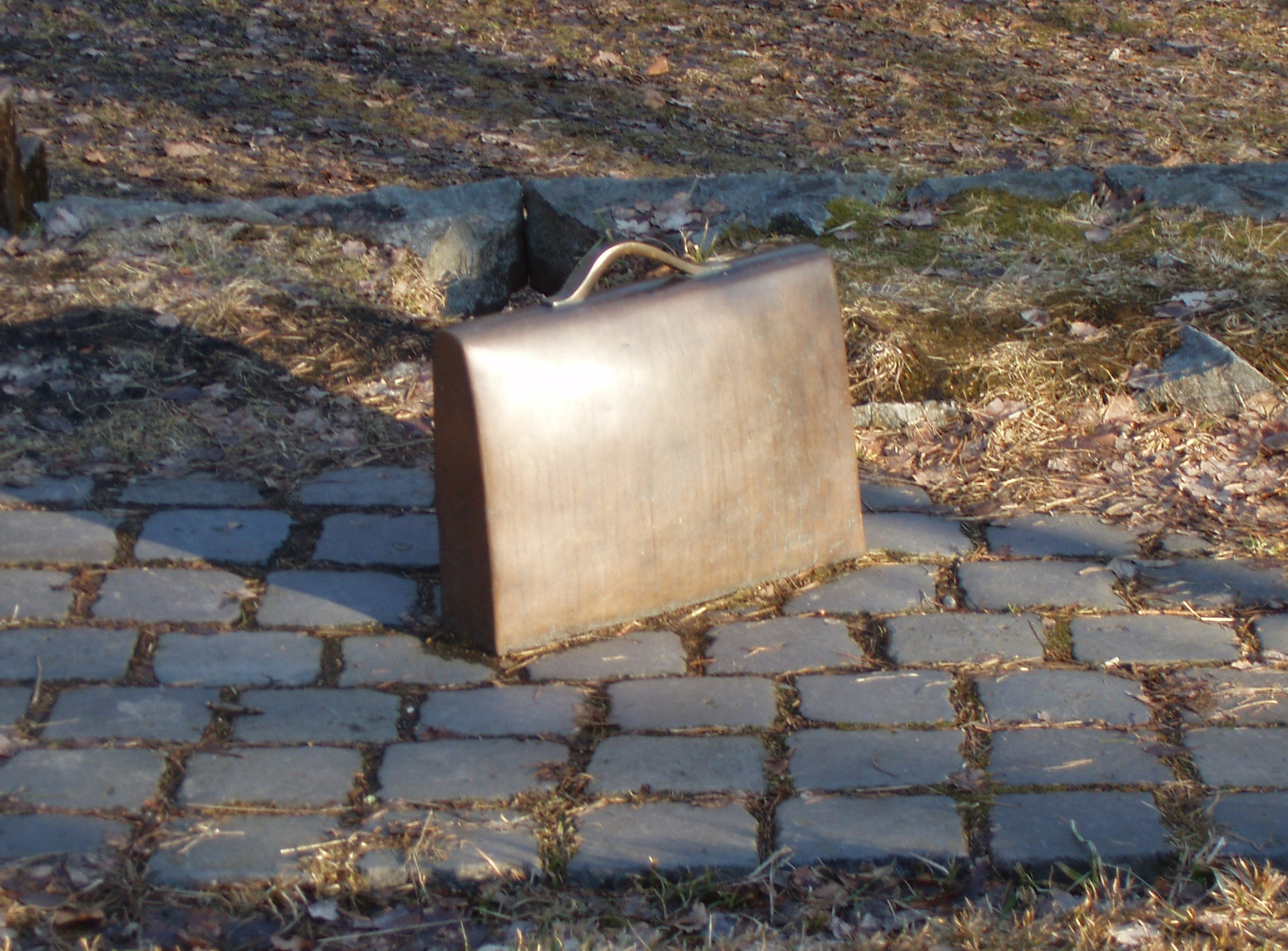 |
The Resaca Confederate Cemetery is not like the huge military cemeteries I had visited before. Hundreds or thousands of white crosses placed in straight lines. Names or numbers on each cross or marker. Instead, this cemetery is a small, quiet place located just a few miles off I-75 in Georgia about midway between Atlanta and Chattanooga. There is no sign at the exit to let passersby even be aware of its existence. It is also the place where I found a story, just not one I had expected to find.
During a recent trip to Georgia, my husband and I made a short visit to the cemetery. It was a familiar place to my husband; after all, he had told me about his walking around the cemetery grounds to gather information for a high school project years ago. Plus, a brother-in-law had mentioned that their grandmother had relatives buried there. A beautiful day provided us with a good opportunity to visit the Resaca Confederate Cemetery.
The cemetery itself is small and covers less than three acres. The picture above shows almost all of the cemetery's property. Resaca Confederate Cemetery contains less than 600 graves, a combination of short upright markers, flat ground level markers, and a few more ornate monuments. Fewer than 150 are marked with a name, initials, or any personal information. The remainder of the graves, 424 of them, have only simple markers to the unknown Confederate soldiers who were buried there.(1) Today small Confederate flags or single artificial flowers decorate most of the graves of the unknowns.
Signs on the archway to the cemetery and inside the cemetery tell the story of what may have been the first confederate cemetery in the country. The cemetery is located on property that once belonged to the Green family. Following the Battle of Resaca, the family returned to their home and found that some of the soldiers killed in the battle had been buried on their family property. One of the family's daughters, Mary J Green, helped by a sister, buried two more soldiers there. Later Mary Green, with the assistance of others, moved the make-shift burials into a flower garden near their home. Green then started a move to honor these soldiers with a proper burial in an actual cemetery. Her efforts involved letter writing and fund raising, all with the goal of establishing an official cemetery for the soldiers buried on the family property. In 1866, Mary's father, Col. Green, gave her two and a half acres to be used for a cemetery. The property became where the bodies were finally laid to rest in an orderly arrangement in an actual cemetery. The cemetery was officially dedicated on 25 Oct 1866.(2)
I searched through the Roster of the Confederate Soldiers of Georgia, 1861-1865 which I have in my Civil War Collection on HaithiTrust. I was able to use their "find in text" feature to look for "Resaca" information. The roster provided information concerning soldiers wounded in the Battle of Resaca, those transferred to the field hospital in the Resaca, and some listed as being buried at Resaca. Although I did find a few new names listed in the rosters as having been buried at Resaca, I was not able to find any relative's name using that resource. Perhaps the relatives who may be buried at the Resaca Confederate Cemetery are among the 424 unknown soldiers.
This genealogy trip did not lead me to any new family links. What I did find, however, was the story of Mary J Green. Her desire to honor the dead and provide a proper burial for them shows how one person's efforts can make a difference for many others. That's a story worth celebrating.
(1) "Resaca Confederate Cemetery", http://www.rootsweb.ancestry.com.
(2) "Honoring the Fallen", The Civil War in Georgia, http://www.gacivilwar.org/story/green-sisters-resaca-confederate-cemetery.



